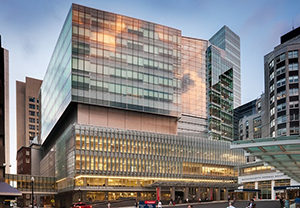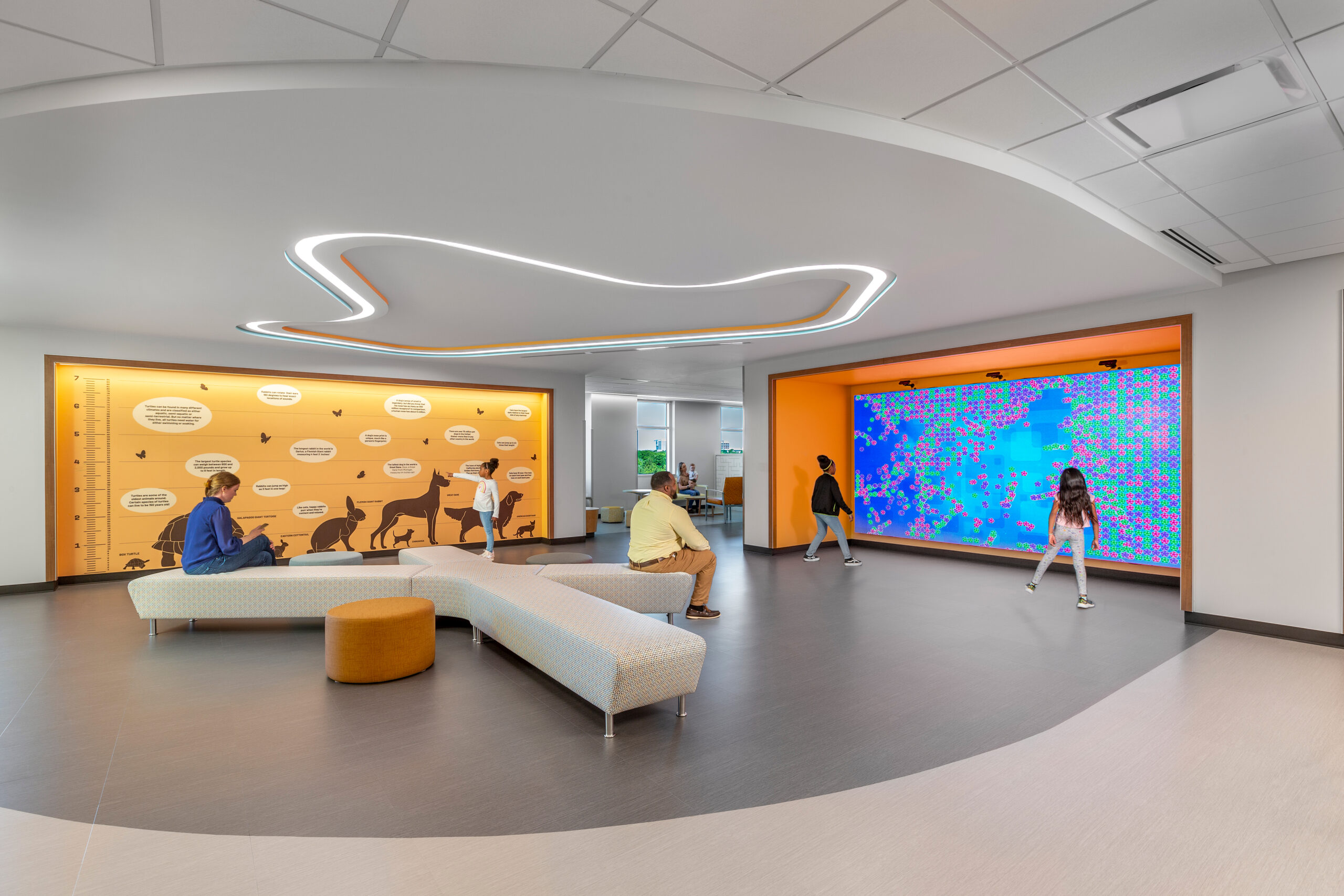NEW YORK — Patients reported noise pollution as one of the main sources of distress during a hospital stay. Doctor’s orders often mandate “rest and quiet” for their patients, but what happens when the hospital and medical equipment are the very source of disturbing noises, consequently lengthening recovery times and hospital stays?
That is why, Jim Perry, chief technical officer of New York-based Cerami & Associates, addresses the problem of noise pollution within healthcare facilities by using the Lunder Building in Boston as a case study.

His webinar, “The Importance of Acoustics on Patient Care: A Case Study on The Lunder Building,” offers real answers to this pressing healthcare challenge. Perry has created a discourse covering different methods to cut vibration levels, reduce major noise sources such as HVAC systems, improve the sound-isolating performance of doors and even addressing intrusive noise from the outside. Using the Lunder Building’s 535,000-square-foot, 150-bed mid-rise hospital tower as an example, Perry can address the impact of building acoustics on both caregivers and patients.
HC+O News spoke with Perry to get the inside scoop on why the Lunder Building is such a prime example of how to reduce noise pollution in healthcare facilities.
Q: For those unaware of this issue, what is “noise pollution,” and why is it being addressed in healthcare facilities? What constitutes an “acoustically healthy” environment?
Perry: In healthcare facilities, high noise levels can be a detriment to patients and staff in different ways. Limiting the noise impacts on patients is critical to promote resting, which has a direct correlation to healing, the ultimate goal. In regard to the staff, high noise levels contributes to higher stress levels and increases the possibility of mistakes being made in all aspects of their job.
Q: What are some of the key design features of the Lunder Building that mitigate or prevent noise pollution? When did the project of this new design begin?
Perry: There were many aspects of the planning of the space that were utilized to reduce the noise impacts on the patients, distributed nursing stations, minimizing proximity of back of house spaces and doors to patient rooms, location and types of alarms and notification systems all aimed at reducing the noise impacts on the patients. The design for this began with NBBJ utilizing these planning methods before 2006.
Q: What are the biggest challenges in designing a healthier noise environment? How can other facilities work towards implementing these designs, and are there any future plans for extending this to other healthcare facilities?
Perry: The biggest challenge is that the noise levels are due to not only the built environment, but also the staff behavior and operations, so there are multiple avenues that need to be addressed in order to achieve a better environment. This requires a change in typical behavior from the staff, which is not always possible.
According to a statement, Perry has 17 years of experience providing acoustical and vibration consulting for varying project types. Perry has gained special expertise in areas of mechanical system design and vibration control, especially in the design of large scale developments, residences, and healthcare facilities. Perry has appeared as an expert witness at Community Board hearings in both New York and New Jersey, offering testimony on noise transmission, with regard to noise codes, residential impact issues, and other acoustical and vibration issues. He is fully conversant with all aspects of architectural acoustics, mechanical systems, noise and vibration control and environmental impact assessment.






